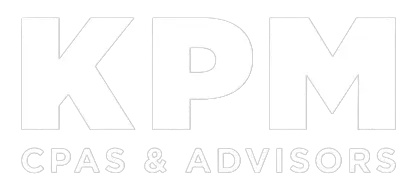Since the COVID-19 pandemic, many organizations have adopted hybrid work models and are still working to find a balance between allowing employees to work remotely from home while also requiring them to come into the office or another type of facility.
By large, many organization have found this balanced medium regarding hybrid work models, according to data released this year. This balance, however, is not always easy to maintain. There may be struggles at all different levels and finding that equilibrium often requires a careful eye and attention to detail.
Schedule Control
Just this month, Gallup published survey results showing that, as of May 2025, 51% of remote-capable employees in the United States are working under a hybrid model. That’s a slight decrease from 55% in November 2024. Interestingly, during the same period, the percentage of fully remote workers rose 2% — but fully on-site employees also increased by the same percentage.
One particularly important issue brought up by the research is how much control an organization asserts over its hybrid workers’ schedules. The data showed that the percentage of employees who describe their schedules as “entirely up to me” fell from 37% in 2024 to 34% this year.
How do most organizations establish hybrid schedules? Gallup found that three main groups typically make the call:
- Employees themselves,
- Managers or teams, or
- Leadership
The second option generally comes out on top, according to Gallup. More specifically, 91% of hybrid workers whose teams established their schedules described their employers’ policies as “fair.” That’s the same rate as employees who determined their own schedules. When leadership mandated schedules, the fairness rate reported by hybrid workers fell to only 73%.
Policy Enforcement
Another recent report on hybrid work models is the 2025 Americas Office Occupier Sentiment Survey by commercial real estate services and investment consultancy CBRE. It polled companies across the United States, Canada, and Latin America on topics that included “efforts to align workspaces with hybrid work models while meeting business objectives.”
Among the survey’s key findings is an uptick in the enforcement of hybrid work policies. In fact, 85% of responding businesses reported communicating an attendance policy to hybrid workers. What’s more:
- 69% of respondents measured compliance with their policies (up from 45% in 2024)
- 37% of respondents took enforcement actions (up from 17% in 2024)
And those enforcement measures seem to be working. The survey found that 72% of respondents achieved their attendance goals in 2025 (up from 61% in 2024). Overall, the data indicates that employees averaged 2.9 days a week on-site, which is close to businesses’ reported expectations of 3.2 days on average.
Cost Considerations
Along with determining and refining how you establish workers’ schedules and enforce your policies, you should carefully identify all the costs that accompany hybrid work. For example, even with fewer employees on-site, your organization still needs to maintain office space.
Some organizations are downsizing, while others are redesigning their layouts to accommodate shared desks and collaborative spaces. If you choose these alternatives, be aware of your lease commitments, maintenance and utility expenses, and renovation costs.
Supporting a hybrid workforce also requires secure and reliable technology. This typically includes video conferencing tools, cloud-based software, cybersecurity measures, and internet and networking systems. These expenses often extend to both office and home setups.
Beware of hidden costs, too. For instance, policy enforcement may cause your organization to spend more on compliance-related technology, as well as training for HR staff and supervisors.
Clear & Constant View
The surveys mentioned above, as well as other indicators, show that hybrid work is here to stay. Finding the optimal balance for your organization depends on savvy scheduling, judicious policy enforcement, and a clear and constant view of the financial implications. We can help you assess the expenses involved and align spending with productivity goals to help ensure your hybrid model remains sustainable. Contact us for more information.

